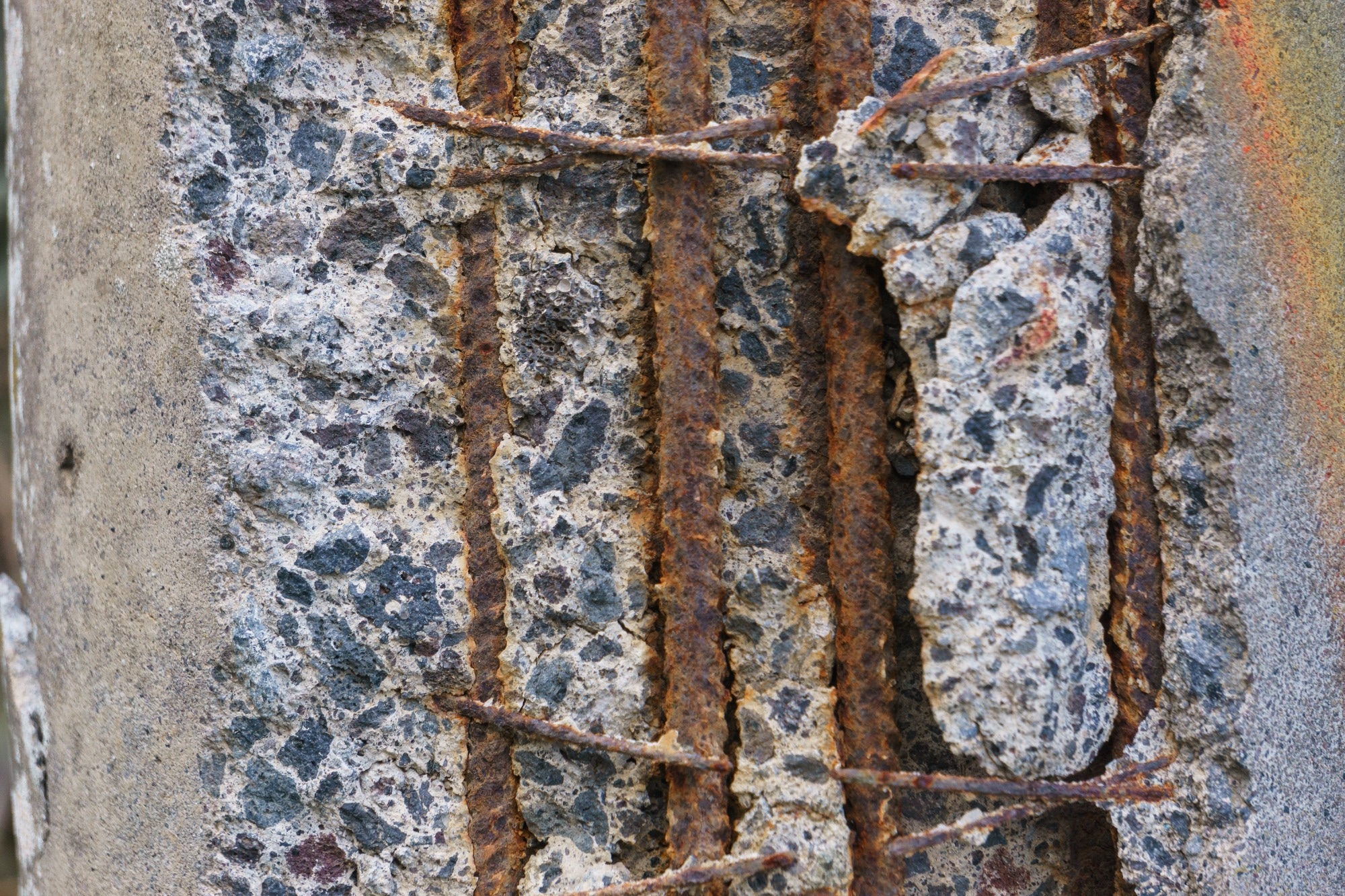A new study describes a more accurate model for predicting concrete durability. The model reveals that supplementary cementitious materials can dramatically extend service life by reducing chloride ion penetration.
 Image Credit: Sebastian Sonnen/Shutterstock.com
Image Credit: Sebastian Sonnen/Shutterstock.com
The findings, published in Scientific Reports, focused on the use of simulations to analyse how materials like ground granulated blast furnace slag and silica fume influence chloride ion diffusion and the long-term durability of concrete.
Using finite element simulations in COMSOL Multiphysics, the team compared constant and time-dependent chloride diffusion coefficients derived from experimental data to assess how these materials impact concrete performance over time.
Resisting Degradation
Chloride ion attack is a leading cause of deterioration in reinforced concrete, especially in coastal and de-icing salt environments. It triggers corrosion of embedded steel and threatens the structural integrity of bridges, buildings, and marine infrastructure. The durability of concrete in such conditions is strongly influenced by its composition, particularly the water-to-binder ratio (w/b) and inclusion of supplementary cementitious materials (SCMs).
Industrial process byproducts, such as ground granulated blast furnace slag and silica fume, can improve chemical resistance and microstructural refinement, enhancing the material's ability to resist chloride ingress. Their high pozzolanic reactivity leads to additional hydration, refining pores and significantly lowering permeability.
The Study
The researchers adopted a combined experimental and numerical approach. They prepared four concrete mixes: two using ordinary Portland cement (OPC) with w/b ratios of 0.45 and 0.55, and two incorporating ground granulated blast furnace slag (GGBFS) and silica fume, both with a w/b of 0.45.
Experimental testing included 28-day compressive strength and chloride penetration measurements taken at three, six, nine, 12, and 24 months. This data formed the basis for calculating diffusion coefficients, constant values at selected time points, and variable ones using a time-dependent equation to reflect the changing microstructure.
The constant coefficients were calculated at specific intervals using MATLAB's curve fitting toolbox, while the time-independent value was calculated using a dynamic equation that captured changes in concrete's permeability over time.
These values were then applied in finite element simulations to model chloride ingress through the concrete. The models were validated against the experimental data, and the average error was calculated to assess accuracy. Finally, the models were used to estimate service life, based on a chloride threshold of 0.4 % by binder weight and a concrete cover depth of 7.5 cm.
Download your PDF now!
Conclusive Results
The researchers found a clear picture in the results. Concrete with a higher w/b ratio of 0.55 allowed significantly deeper chloride penetration compared to the 0.45 mixtures. The inclusion of SCMs, particularly silica fume, showed the lowest penetration depths, demonstrating how these materials enhance impermeability by altering the concrete's microstructure. Both changes revealed a marked improvement in concrete durability.
Computed service life predictions highlighted the value of time-dependent modelling. In OPC-only mixes, the constant diffusion model estimated service life as between 2.79 and 5.42 years, whereas time-dependent modelling predicted a service life of 4.80 to 6.83 years.
When assessing SCM mixes, the GGBFS mixes had a much higher predicted service life and variation between models: 5.77 to 10.72 in the constant model, and 62.13-155 years with the variable model. The Silica fume mixes had a 7.71 to 15.14 service life in the constant model, but a 106.62 to 180-year service life prediction in the variable model.
The study's more advanced time-dependent model provided significantly more accurate predictions, with errors under 30 %—a significant improvement over the 48-75 % seen in constant models.
Future Prospects
The study offers a more realistic framework for predicting concrete durability and chloride ingress. Incorporating long-term field data and additional environmental variables such as temperature and propagation would improve the time-dependent model even further. This more reliable, time-dependent model could help engineers design concrete mixes with the highest performance.
Journal Reference
Dashti, P., Moodi, F., Ramezanianpour, A. A., & Banar, R. (2025). Finite element analysis of chloride ion penetration and service life prediction in concrete with supplementary cementitious materials. Scientific Reports, 15(1). DOI: 10.1038/s41598-025-15925-6. https://www.nature.com/articles/s41598-025-15925-6
Disclaimer: The views expressed here are those of the author expressed in their private capacity and do not necessarily represent the views of AZoM.com Limited T/A AZoNetwork the owner and operator of this website. This disclaimer forms part of the Terms and conditions of use of this website.